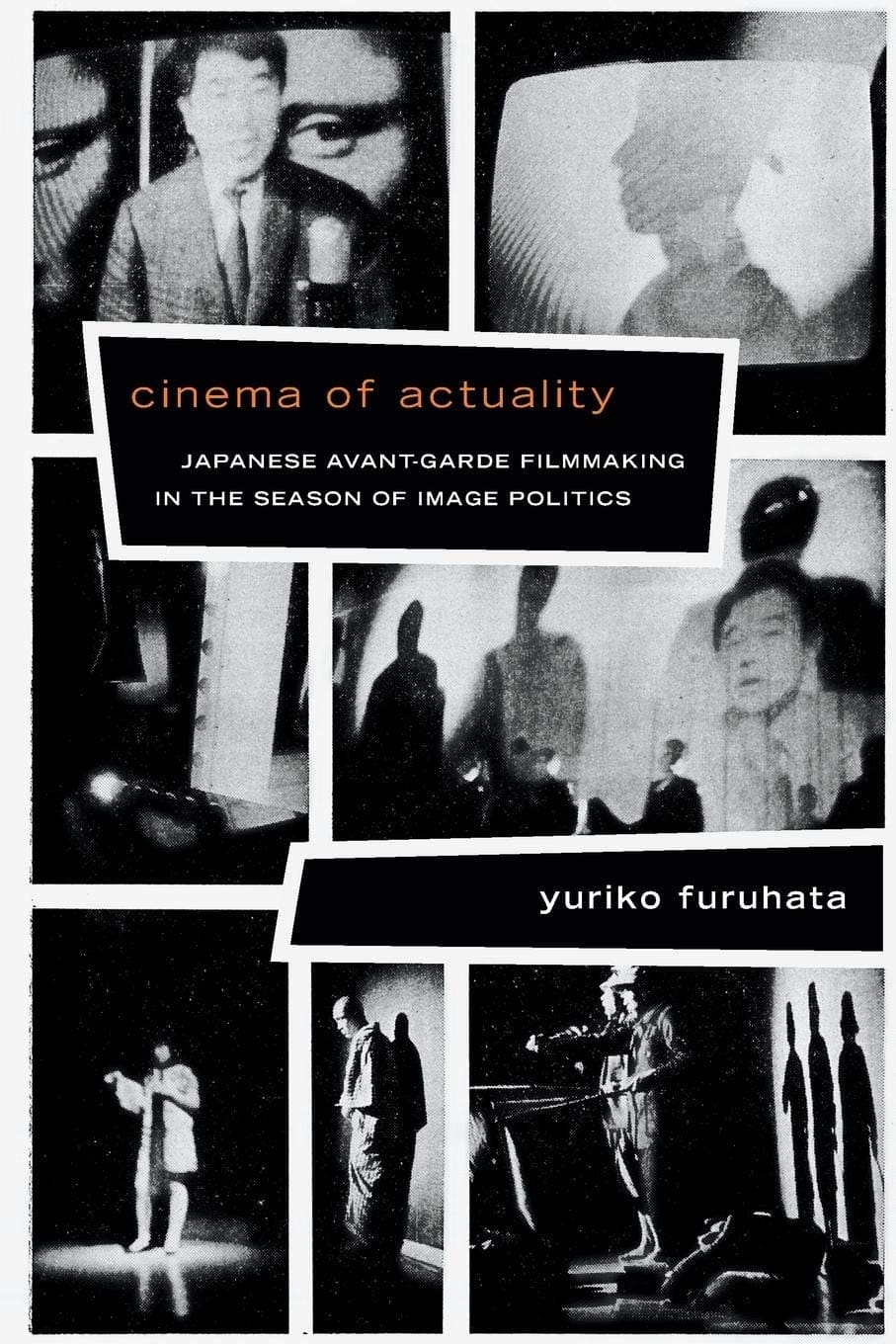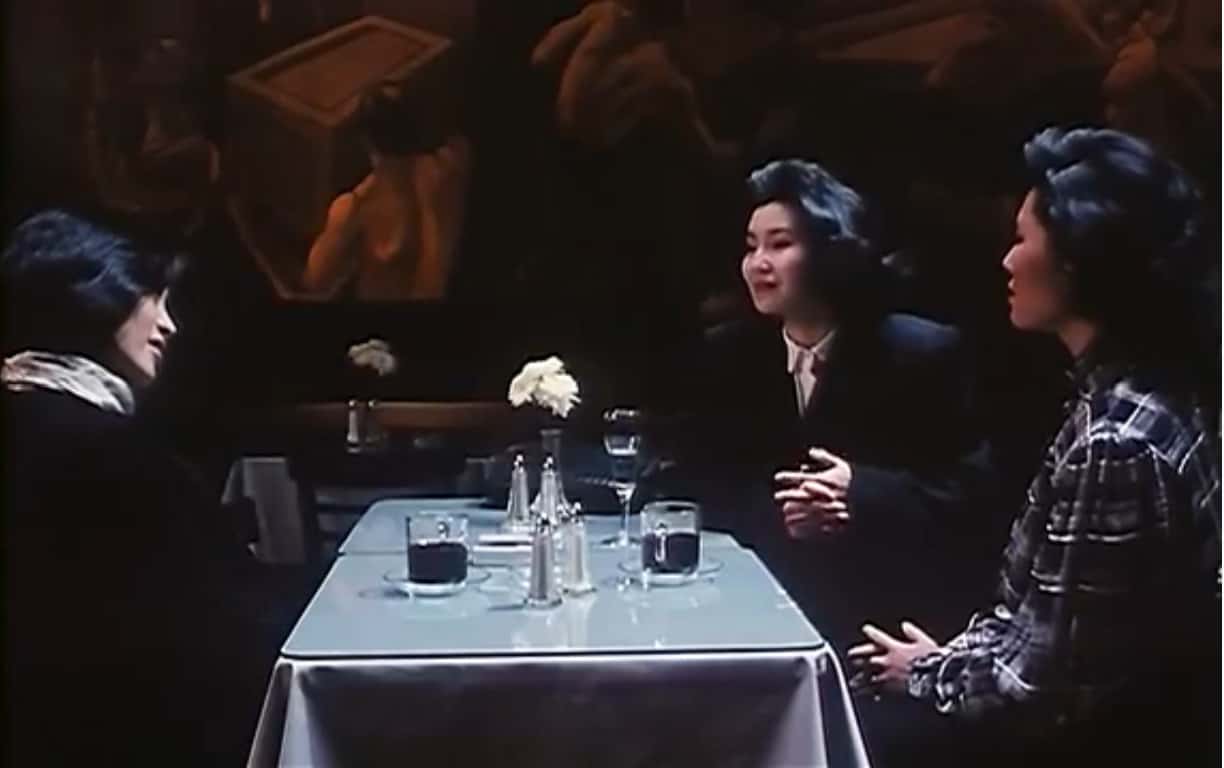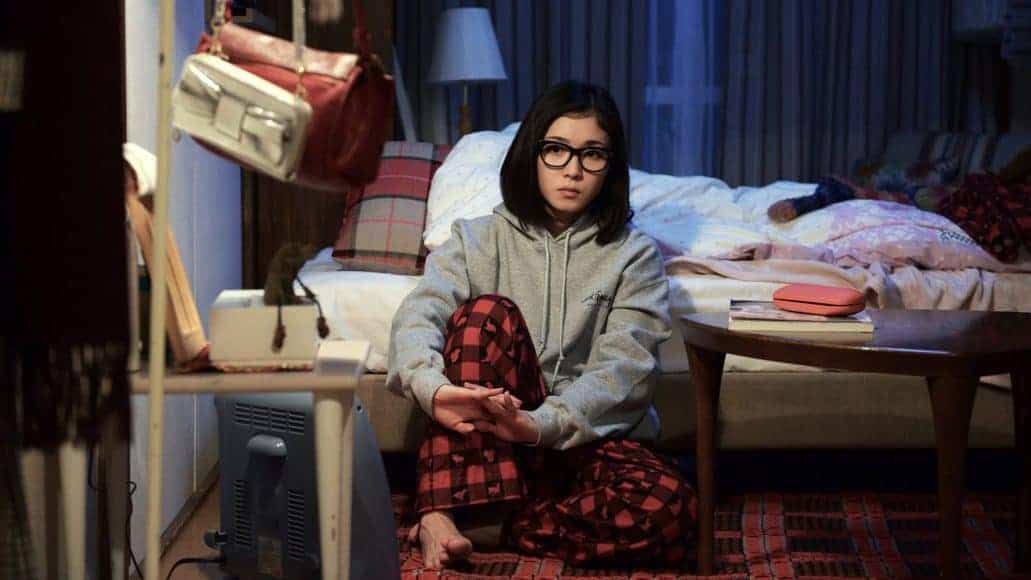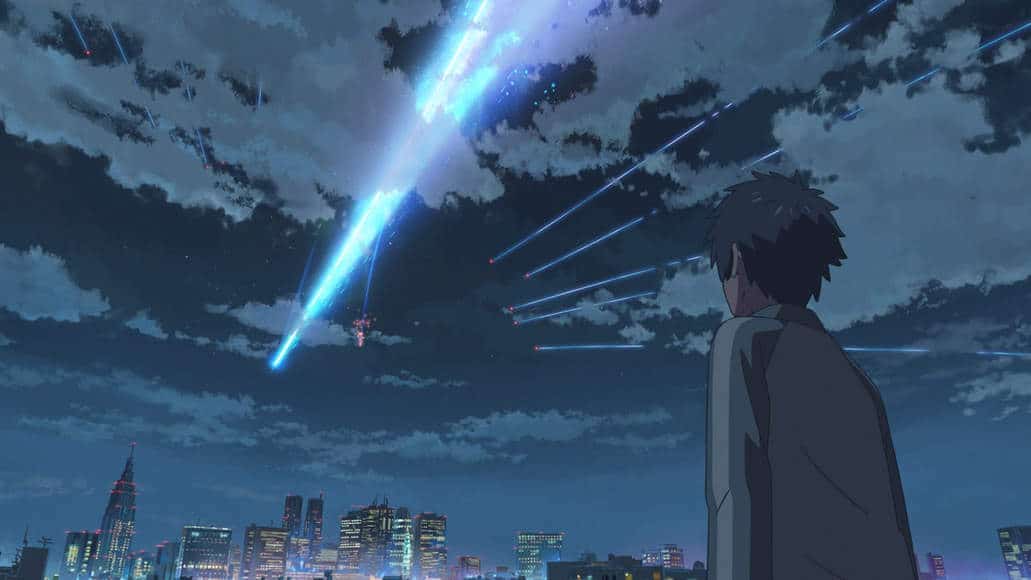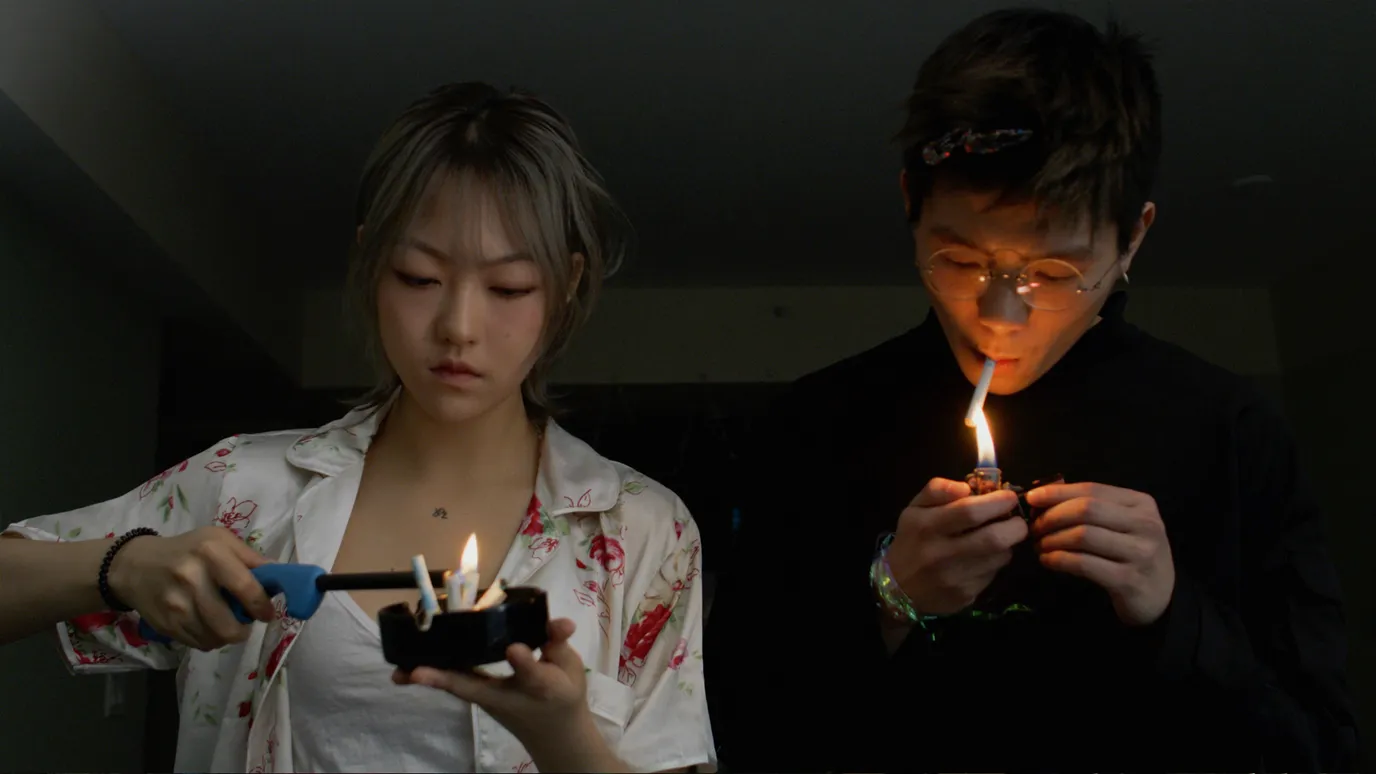Allow me to start with a very personal note. I think that the 60s and early 70s was the most interesting period in the history of Japanese cinema, with the avant-garde approach that emerged at the time resulting in some of the most unique films ever to see the light of day. At the same time, and considering that the majority of works about Japanese cinema history we get our hands in the West are written by Western writers, it is always interesting to see how much more light locals can shed on the subject. Lastly, and in the same path, considering that the “Aesthetics of Shadow” by Daisuke Miyao was truly masterful, I was really eager to read “Cinema of Actuality”.
Buy This Title
on Amazon by clicking on the image below
After a prologue, which is, as usual in academic works, the most complicated part in the whole book, “Cinema of Actuality” is split into five chapters that aim to present how key figures of the time, like Nagisa Oshima, Toshio Matsumoto, Masao Adachi and Koji Wakamatsu tried to provide a cinematic response to the shift to television as the main medium of the presentation of the image, by implementing journalism in their narratives. In order to do so, she has split the book into five chapters.
The first one deals with Intermedial Experiments and the Rise of the Eizo Discourse, focusing on analyzing terms such as actuality and image (eizo) by taking Nagisa Oshima's “Band of Ninja” as starting point and focusing on the concept that “everything can be made into cinema”. The way Oshima and Matsumoto were crucial in the connection between the theorization of cinema as a political form and the practice of avant garde filmmaking and how they ended up being rivals is one of the most interesting themes in this chapter, which also comments on the concept of avant garde documentary.
The second focuses on the connection between cinema, event and artifactuality, which is a term Furuhata implements as an alternative to both artificiality and actuality that combines the two terms in order to explain the connection and difference between this new type of cinema and journalistic vision. Jun Tosaka emerges here as a key figure while the author also deals with the differences between actuality and reality, the proximity of cinema and journalism in the era of TV, and timeliness and periodicity in journalism. A thorough analysis of “Death by Hanging” through the aforementioned prisms makes the comments here more easy to understand, while expanding them at the same time.
The third chapter deals with the concept of remediating journalism through politics and the media event, and makes a rather intriguing comment, by stating how the pink film, particularly the ones by the duo of Wakamatsu and Adachi, came closer to the timeliness of journalism by implementing images and videos from actual events, and concluding their films within a very short time, thus gaining more proximity to the timing of these events. Another very interesting comment arises here too, which considers film as art, thus not temporal, thus not journalistic.
Check also this article
The fourth chapter deals with the concept of landscape and how it was implemented and interpreted through cinema while introducing the term fukeiron (landscape theory) which was developed by Masao Adachi, who proposes to turn the camera not towards the subject of the film but towards the landscapes in which the subject has lived. Films like “AKA Serial Killer” and “The Man Who Left His Will on Film” are analyzed thoroughly here as well as their differences with Shinshuke Ogawa's approach to the documentary as medium. Another interesting comment in this chapter concerns the term policing, which, for Furuhata, takes a much more complex hypostasis, including the whole concept of governing.
The fifth chapter focuses on the how television hijacks political deeds turning them into spectacle, and whether cinema also does the same. The trip Adachi and Wakamatsu took to the Middle East in order to document PFLP Palestinian fighters, which resulted in the “Red Army/PFLP” documentary, emerges as a central theme here.
The epilogue also emerges as a very interesting chapter, with Furuhata explaining the reasons the aforementioned efforts of changing cinema ended, citing the World's Fair of 1970 and the technological innovations regarding the image that were presented there, and the Asama Sanso Incident. The change from actuality to monumentality, and the triumph of the ‘spectacle” concludes the book, in a somewhat nostalgic moment.
Evidently, the comments presented here are as interesting as they are unique. Repeatedly, however, I found passages where Furuhata went too far, mostly by citing Western theorists, philosophers and historians (of cinema), in an approach that almost borders on trying too hard. Impressively, she always manages to reign her context and remarks back and make her point quite clearly, but the fact remains that these could have been presented in much more condensed and clear ways. The complicated use of language, which happens particularly during the analytical, and not the historical parts, is also tiring on occasion, in a style that frequently reminds of Isolde Standish's style.
In the end, “Cinema of Actuality” emerges as an excellent effort in analyzing a series of rather interesting themes, and particularly the avant-garde cinema of the particular era, and its connection with Japanese history, in an approach, though, that could have been much simpler in its presentation.


